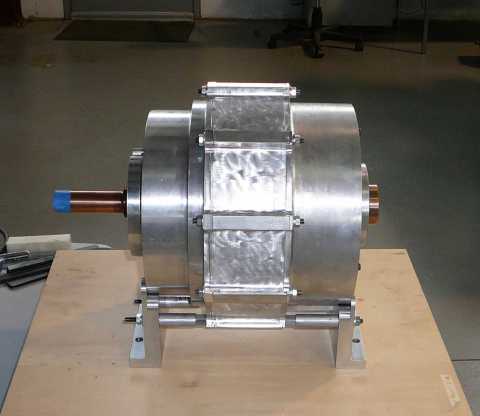Long-sought
goal for quantum devices — the ability to transmit single photons while
blocking multiple photons — is finally achieved.
(July 25,
2012) In theory,
quantum computers should be able to perform certain kinds of complex
calculations much faster than conventional computers, and quantum-based
communication could be invulnerable to eavesdropping. But producing quantum
components for real-world devices has proved to be fraught with daunting
challenges.
Now, a team of researchers at MIT
and Harvard University has achieved a crucial long-term goal of such efforts:
the ability to convert a laser beam into a stream of single photons, or
particles of light, in a controlled way. The successful demonstration of this
achievement is detailed in a paper published this week in the journal Nature by
MIT doctoral student Thibault Peyronel and colleagues.
Senior author Vladan Vuletić, the
Lester Wolfe Professor of Physics at MIT, says the achievement “could enable
new quantum devices” such as quantum gates, where a single photon switches the
direction of travel or polarization of another photon. This goal has been very
hard to attain, Vuletić explains, because photons ordinarily interact, at best,
only very weakly with one another.
Encouraging such interactions
requires atoms that interact strongly with photons — as well as with other atoms
that, in turn, can affect other photons. For example, a single photon traveling
through a cloud of such atoms might pass through easily, but change the state
of the atoms so that a second photon is blocked when it tries to pass through.
That means that if two photons try to pass through at once, only one will
succeed, while the other is absorbed.
read entire press release >>












































